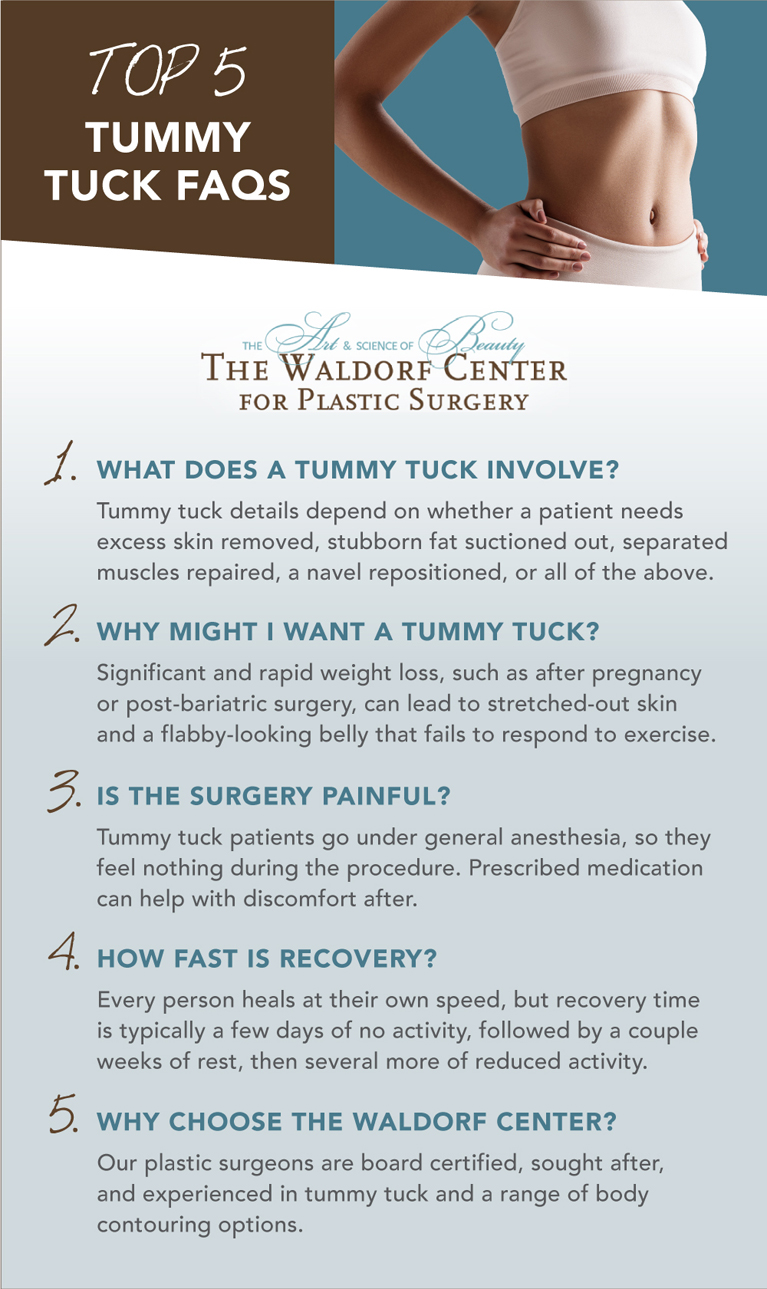
This operation is also known as “tummy tuck”, which is a cosmetic surgical procedure.
It is a specialized surgery, which removes excess skin and fat from the middle and lower abdomen. The muscles of the abdominal wall are also tightened. The procedure can reduce the appearance of a protruding abdomen.
This operation can cause a large permanent scar that can extend from hip to hip, depending on the extent of the procedure.If you are considering an operation, this article will give you a basic understanding of how this procedure will help you, who can help , how it is done, and what will result from it. Best candidates for this procedure
are emotionally stable men and women who are in relatively good health, close to their ideal weight, and who have good elastic skin, but are bothered by a large fatty deposit or abdominal skin that is not affected by diet or exercise.
The surgery is very beneficial for women who have lost elasticity in the muscles and skin of the abdomen due to multiple pregnancies. The loss of skin elasticity in older patients due to weight loss may also be improved. This process is not suitable for everyone, and depends a lot on the joint decision of the doctor and the patient.
Patients who plan to lose a lot of weight should postpone surgery until they reach their desired weight. Young women who plan to become pregnant in the future should also wait, as the vertical muscles in the abdomen are tightened during surgery, and can separate during pregnancy.
If you have had a wound or scar from previous abdominal surgeries, your doctor may not advise you to undergo a tummy tuck, due to unpleasant scarring.
Cost:
This process is expensive. The average cost ranges from 5,000 to 9,000 US dollars. In addition to the cost of the grease removal process, which requires an addition of $2,700 or more.
What are the risks?
When performed by a professional plastic surgeon who specializes in body aesthetics, the results are usually satisfactory. However, as with all surgical procedures, there are some risks associated with a tummy tuck procedure and these complications include: infection, blood clots, and poor healing, which can lead to a large scar. The infection can be treated with antibiotics and drainage. As for the risk of blood clots, it can be reduced by moving immediately after surgery as much as possible. Poor healing and scarring may require additional surgery.
Smoking can increase complications and impede healing. But if you follow your surgeon’s orders carefully before and after surgery, you can significantly reduce the risk of complications.
Consultation before the operation:
Consultation is often considered free, and the doctor can then assess your health condition, your real need for the operation, and all related matters related to health and expectations. Be clear, and tell your doctor what result you want. If the doctor doesn’t understand what you want, he may not do it as you wish, and you should also be realistic about the outcome.
Types of tummy tuck
surgery: minor surgery, comprehensive surgery.
Both involve the removal of fat, and fat from the abdomen. In the small operation, a small incision is made over the pubic area; Fat and excess skin is removed from the middle and lower abdomen. The navel is pulled down to compensate for the tightened skin removed. You may not need to narrow the abdomen. Healing is usually very fast.
The holistic procedure, requires major surgery. . . .
Where the skin is separated from the abdominal wall, up to the ribs. Then the muscles are sutured together to tighten them, and a large amount of skin is removed, and the patient may need 10 to 14 days to be able to bend. The patient usually returns to normal activity after 2 to 3 weeks, except for lifting objects off the ground. There should be no lifting or pushing, or any exertion on the stomach muscles, for a maximum of two months.
After the surgery
After the surgery the patient feels swelling and pain, which can be under the control of the medication. Depending on the type of surgery, you may be discharged within a few hours, or you may stay in the hospital for a maximum of 3 days. Your doctor will give you post-operative care instructions. Although you may not be able to get up straight away, you should start walking as quickly as possible to reduce the risk of blood clotting. Superficial sutures are removed within a week; and deeper after 2-3 weeks. Gauze is replaced with a supportive bandage or corset.
Recovery from surgery may take weeks or even months. According to your pre-operative health condition. Some people go back to work within two weeks; While some take a month to recover enough to return to work. A quiet exercise program, such as yoga, will help you recover faster, reduce swelling, tighten muscles, and reduce the chances of blood clotting. Also, getting plenty of rest and eating a healthy diet will also help you recover faster.
Note: The scars may look very bad during the first three to six months. This is normal, and only temporary. Expect it to take several months to a year for the scars to fade and lighten in color. The scar will not be noticeable under the underwear, even when you put on a bathing suit, but it will always remain visible on the skin.






